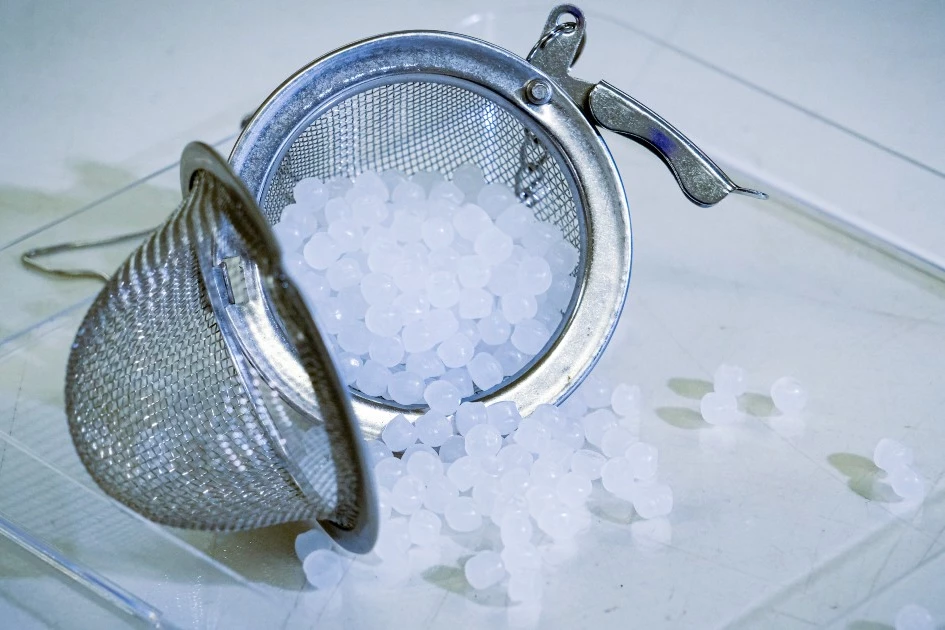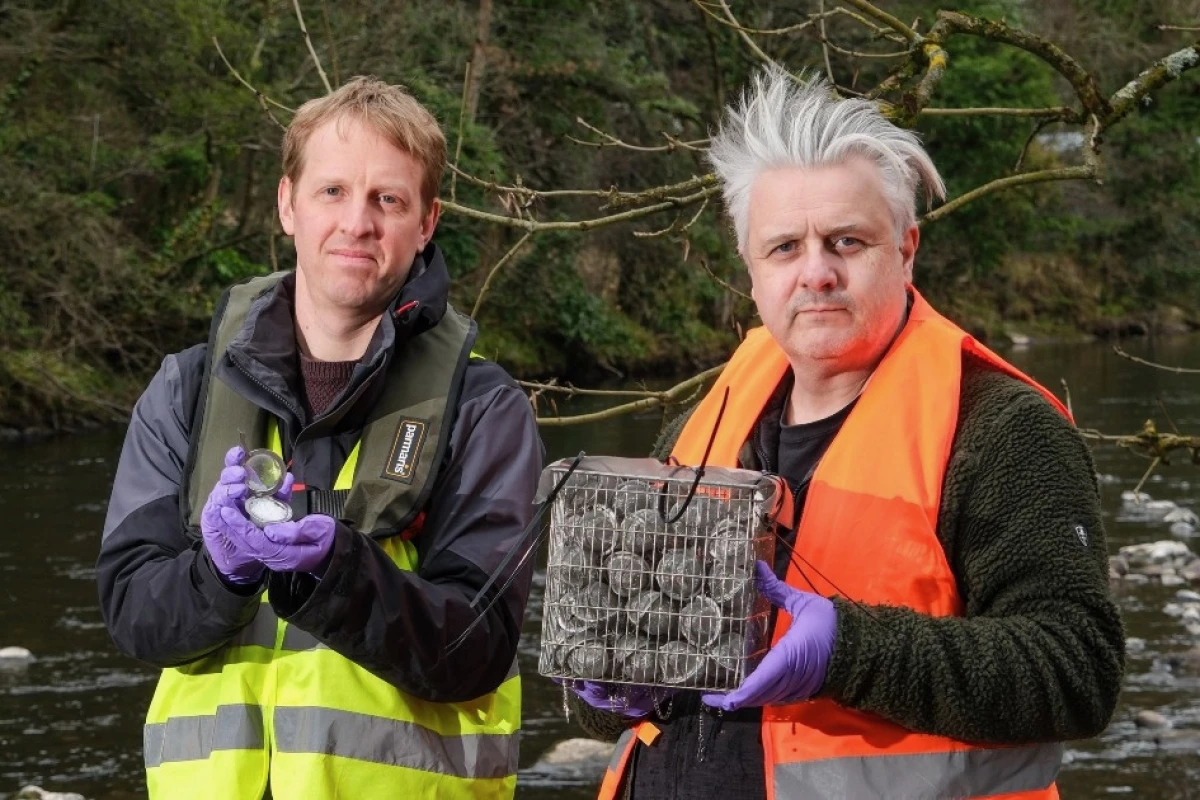One of the worries about microplastic particle pollution is the possibility that the particles may accumulate harmful bacteria in the environment, then pass those microbes on to us. Well, that germ-grabbing capability could soon put the particles to work as sewage monitors in rivers.
Currently, when authorities are monitoring the effluent from wastewater treatment plants, they periodically take water samples from the river downstream of those plants' outfall pipes. The samples are then analyzed in a lab, to see if they contain significant amounts of harmful bacteria associated with insufficient treatment of raw sewage.
One problem with this approach lies in the fact that even if a plant is releasing untreated sewage, it may not be doing so 24 hours a day. This means that if water samples are collected between those releases, they might not catch any of the telltale bacteria.
In order to address that problem, Dr. Luke Woodford and colleagues at Scotland's University of Stirling looked to microplastic beads.
More specifically, they looked to spherical steel-screen cages full of such beads. Batches of these round cages could be placed inside larger cube-shaped screen baskets, which would be left immersed in rivers near wastewater treatment plants.

The idea was that if harmful bacteria were to flow through those baskets at any time, some of the microbes would cling to the biofilm that would naturally form on the microbeads. When the beads were subsequently collected and analyzed, the bacteria would be detected.
For the study, the scientists utilized 2-mm-wide beads made of three different materials: polyethylene, rubber and cork. The latter was included as a control, to see how well a natural material would function. Two hundred of each type of bead were placed inside each of the spherical cages.
Two baskets full of those cages were subsequently placed up- and downstream from a treatment plant's outfall pipe in a Scottish river. Over the next 23 days, beads were regularly collected from each of the baskets and taken to a lab for analysis.

Even within just 24 hours of deployment, it was found that beads of all three materials taken from the downstream location contained significantly higher concentrations of harmful bacteria such as Escherichia coli, Klebsiella pneumoniae, Citrobacter freundii and Enterococcus. This trend continued over the entire testing period ... in fact, it got worse.
"Additional genome sequencing revealed that these bacteria contained many genes conferring antimicrobial resistance and increased virulence, further highlighting their risk to the public and the wider environment," says Woodford. "Sewage releases are increasing in the UK, posing risks to human health, so having systems like our one in place to monitor what is being released is a key part of tackling this public health issue."
A paper on the research was recently published in the journal Water Research.
Source: University of Stirling




